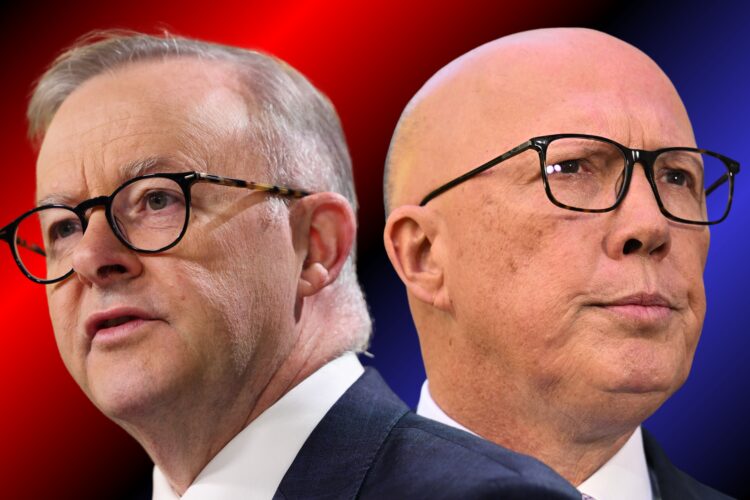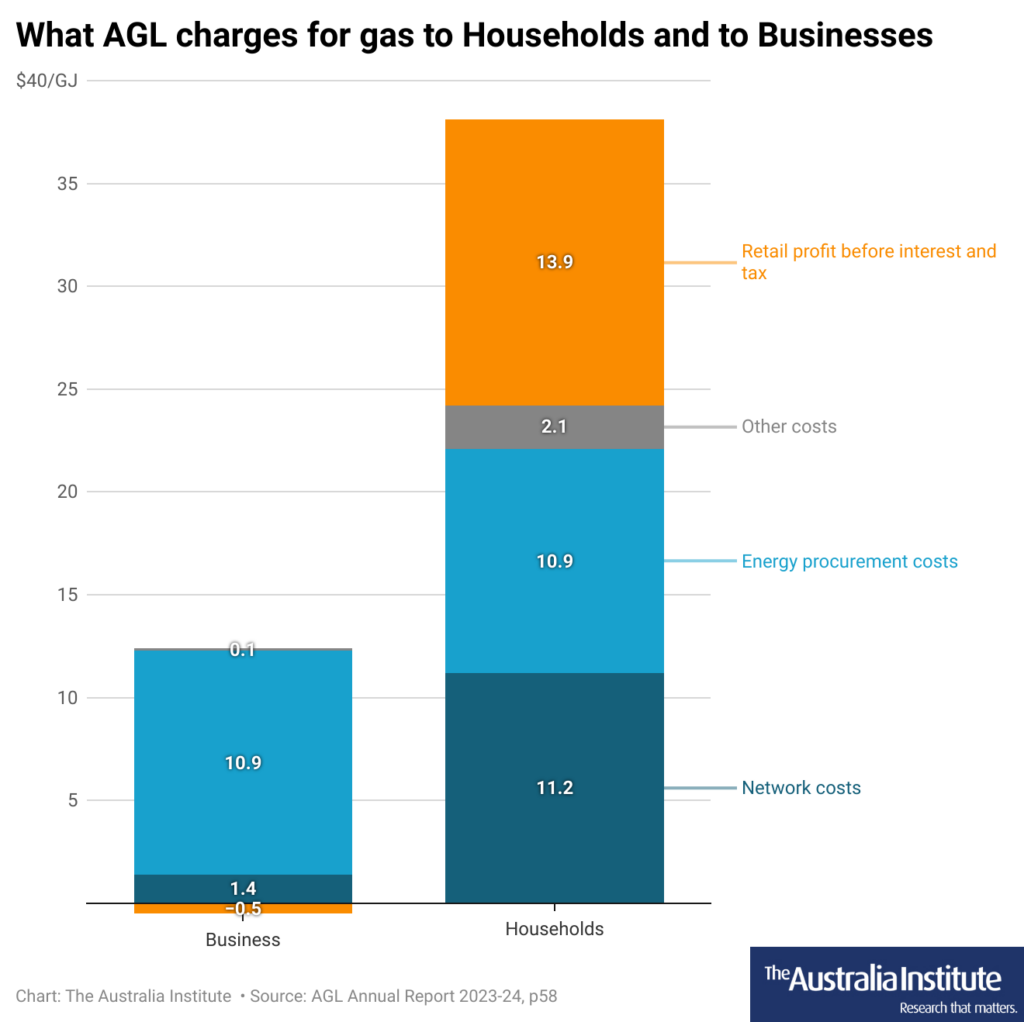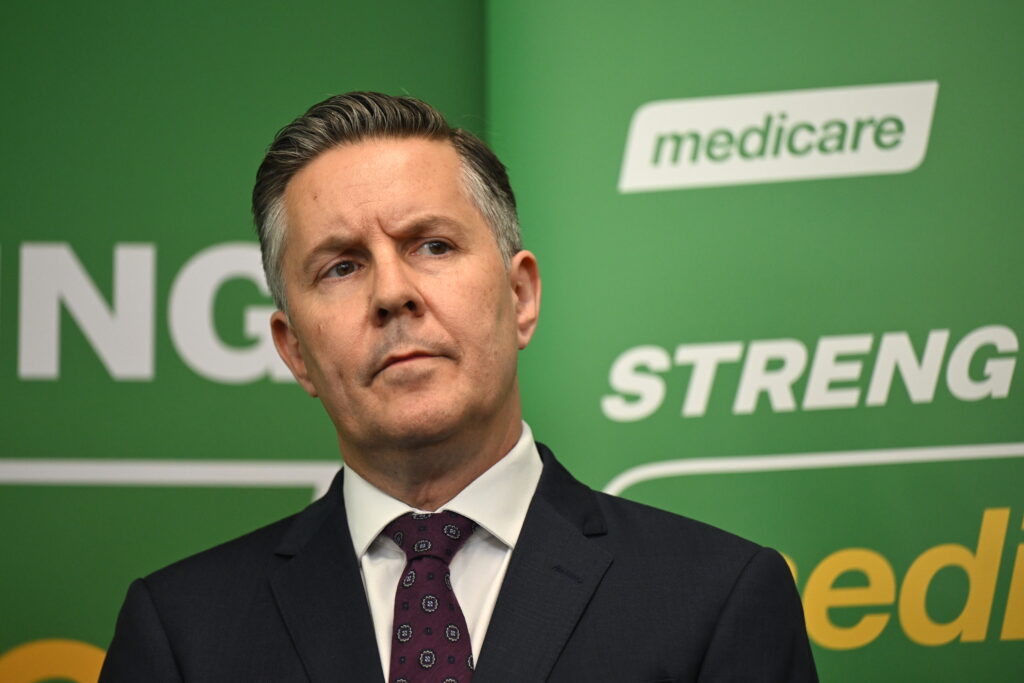The security hawks squeak again
Let’s talk about the “Chinese ship” – it has recently undertaken a joint exploration with New Zealand and is the focus of a lot of media coverage at the moment.
“”It could be mapping the ocean floor, it could be mapping our submarine cables which are critical for our lines of communication as a country,” Andrew Hastie, the shadow defence minister said.
In the absence of evidence – why stop there? It could be laying mines at the bottom of the ocean, it could be laying sensors to detect Australian submarines (with hitherto unthought-of ultra long range underwater communication capability), it could be giving resupply to Harold Holt’s underwater palace…!
Let’s take a look at what else was reported in that ABC article:
“While it’s not clear exactly what research the ship is conducting, analysts have told the ABC that its submersible vessels could be mapping the undersea environment south of Australia — including a major submarine cable connecting Sydney and Perth.”
Which analysts? And what advantage would it give China if it knows where the cable runs? If they want to cut it during a military confrontation, they would have to either sail some ships close to Australia’s south coast, where they would be extremely far away from any support and easily sunk, or spare a long range, nuclear-powered submarine from their fleet of 8 (currently only 6), and out of 3-5 of such submarines they could put to the sea at any one point.
Sometimes we just need some facts in the debate.



